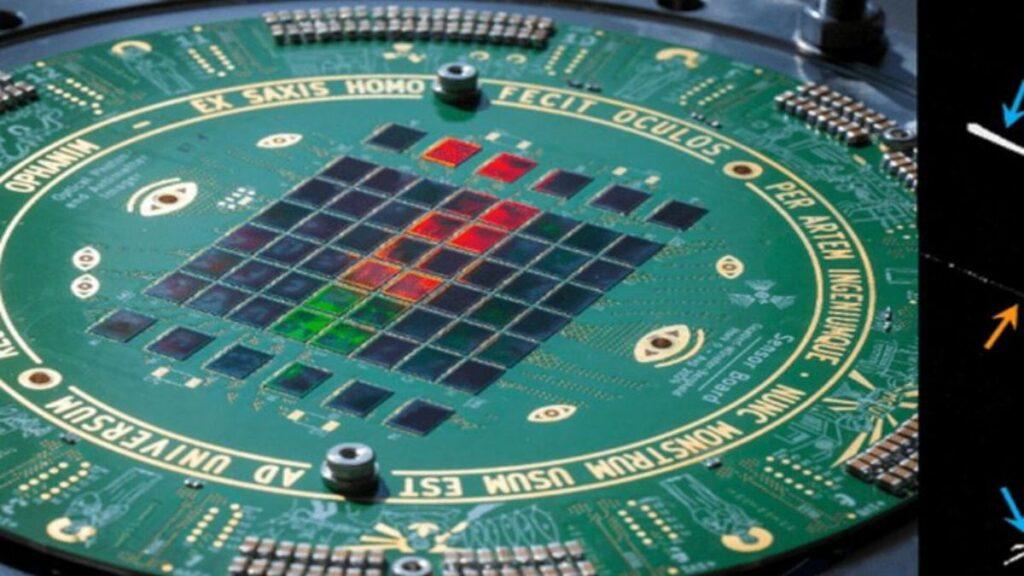- Ofanim combines daily technology with high -end scientific image capacity
- Antimatter detection is now possible using reused smartphone camera technology
- The Gigapixel device could reveal fine details of particle collisions instantly
In the CERN antimatter factory, AEGIS’s collaboration is exploring a novel approach to detect one of the rarest phenomena of nature: Antiproton annihilation.
Eenews Reports that the team, led by Professor Christoph Hugenschmidt of the Technical University of Munich (TUM), has developed an experimental detector using sensors originally designed for mobile phone cameras.
Instead of creating a new sensor system from scratch, the researchers reused sixty 64 megapixel mobile camera sensors to form a matrix of 3.84 gigapixels called Ophanim, abbreviation for optical photons and images of antimatter images. This compound detector can see where antiprotones collide with matter, annihilating in an energy flash.
From mobile phones to antimatter research
“For AEGIS to work, we need a detector with an incredibly high spatial resolution, and mobile camera sensors have pixels smaller than 1 micrometer,” explains Francesco Guatieri, TUM main researcher.
To adapt the sensors for scientific use, the equipment had to use intensive micro engineering to eliminate the sensors of the layer of the layers destined for mobile phone electronics.
“We had to remove the first layers of the sensors, which are made to deal with the advanced integrated electronics of mobile phones,” says Guatieri. This process allowed sensors to directly capture the light patterns associated with annihilation events.
Despite their origins, mobile sensors do not compromise performance. In fact, the new detector offers an improvement of 35 times in real -time resolution on previous methods.
“Previously, photographic plates were the only option, but they lacked real -time capabilities,” adds Guatieri.
“Our solution, demonstrated for antiprotones and directly applicable to antihydrogen, combines photographic plaque level resolution, real -time diagnoses, self -healing and a good particle collection surface, all on a device.”
The Ofanim detector allows researchers to observe real -time annihilation events with a resolution of approximately 0.6 micrometers, fine enough to distinguish between different particles created during the process.
“This is a technology that changes the game for the observation of small changes due to gravity in an antihydrogen beam that travels horizontally, and can also find broader applications in experiments where high -position resolution is crucial or to develop high -resolution trackers,” says Dr. Ruggero Caravita de Aegis.
“This extraordinary resolution also allows us to distinguish between different fragments of annihilation, racing the way for a new research on the annihilation of low energy anti -particles in the materials.”
The implications of this work extend beyond antimatter research. Ophanim’s ability to track particles with such precision could benefit a wide range of experiments, all while offering a low -cost model built from existing consumer technology.




